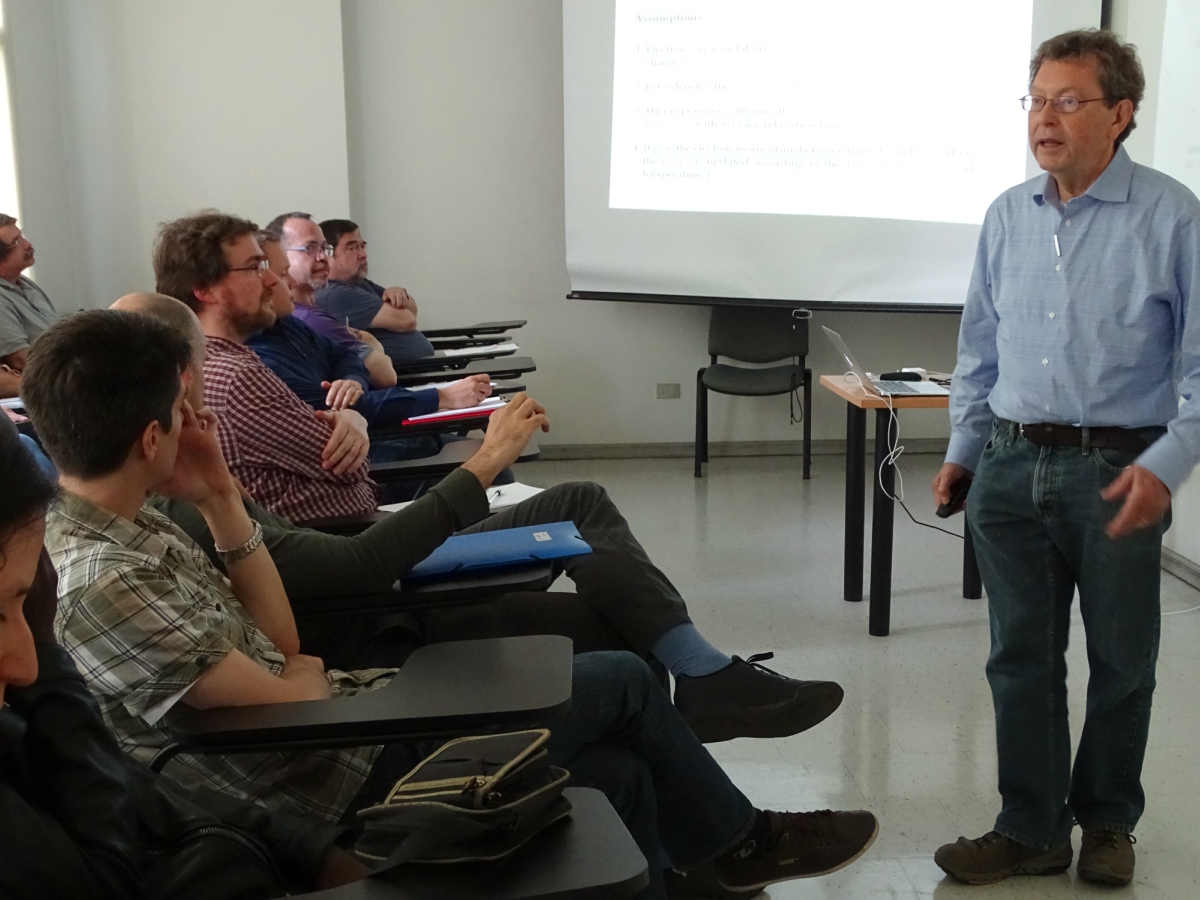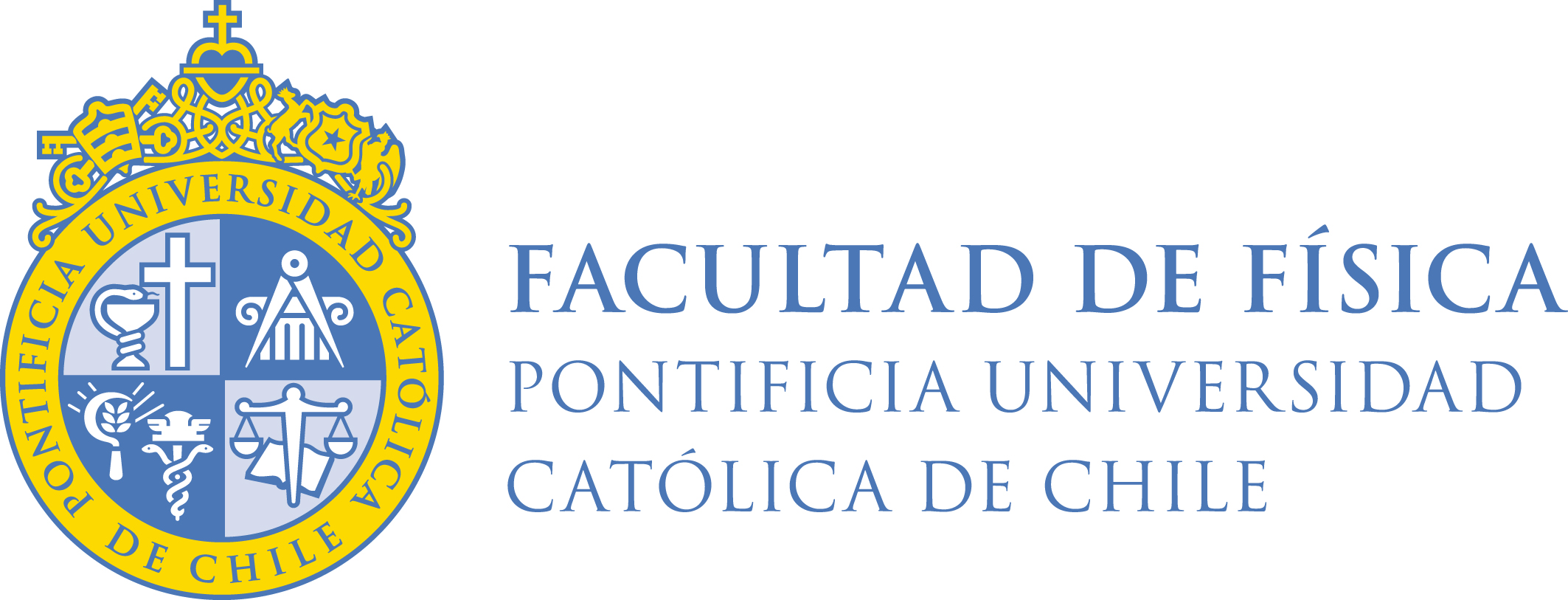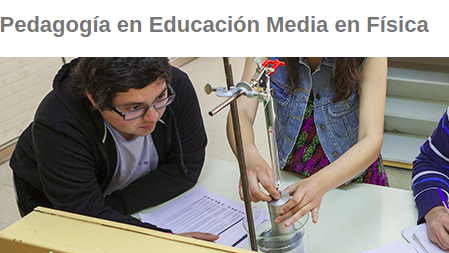Seminario de Física Matemática
El ciclo comenzó esta semana con una charla del físico y matemático francés Jean Bellissard, y tiene como objetivo reunir a investigadores y estudiantes de la comunidad chilena e internacional alrededor de las diversas temáticas de la física matemática.
 Con la charla titulada Electronic Transport in Aperiodic Solids, el físico y matemático francés Jean Bellisard, profesor emérito del Georgia Institute of Technology (EE.UU.) y miembro de la American Mathematical Society y la American Physical Society, se inició esta semana el seminario de Física Matemática.
Con la charla titulada Electronic Transport in Aperiodic Solids, el físico y matemático francés Jean Bellisard, profesor emérito del Georgia Institute of Technology (EE.UU.) y miembro de la American Mathematical Society y la American Physical Society, se inició esta semana el seminario de Física Matemática.
El ciclo de charlas se realiza en la Facultad de Matemáticas UC y fue organizado por un grupo de académicos, entre ellos Giuseppe De Nittis y Edgardo Stockmeyer, del Instituto de Física UC (IF).
El objetivo de este seminario es reunir, de la manera la más amplia posible, a investigadores y estudiantes de la comunidad chilena e internacional alrededor de las diversas temáticas de la física matemática. Profesores, investigadores jóvenes y estudiantes son bienvenidos como expositores. Las charlas se realizarán los días miércoles a las 15:45 en la sala 5 de la Facultad de Matemáticas.
Además, Bellisard, quien trabaja en teoría de sólidos aperiódicos, dio el coloquio Anankeon Theory and Viscosity of Liquids: a Toy Model en el Auditorio Ninoslav Bralic de la Facultad de Física.
Calendario:
- 8 de noviembre 2017
Jean Bellissard. Georgia Institute of Technology / Westfälische Wilhelms-Universität
Electronic Transport in Aperiodic Solids
Abstract:
The concept of transport and transport coefficient will be introduced with an emphasis upon dissipation mechanisms. The Kubo formula will be derived both for perfect metals (Drude formula) and for aperiodic media. Emil Prodan designed a code based upon the non commutative approach to describing electrons in aperiodic solids that makes the Kubo formula computable in a numerically stable way. A series of numerical results related to the Quantum Hall Effect will be presented. They show that several accurate predictions can be made, unseen before.
Coherent transport, transport of charges occurring without dissipation, and can be observed experimentally at very low temperature, will be introduced as well as the scaling exponents which characterize it. The competition between coherent transport and dissipation has consequences on the low temperature behavior of the electric conductivity. It leads to an anomalous Drude formula representing well the strange behavior of aperiodic solids, like quasicrystals or doped semiconductors, at low temperature. An emphasis upon the case of quasicrystals will be provided, with two different regimes, based on an argument by Thouless, which may be an explanation for various observations made so far by experimentalists.
- 15 de noviembre 2017
Siegfried Beckus. Technion (Israel Institute of Technology)
Spectral Approximation of Schrödinger Operators
Abstract:
The first quasicrystals where discovered by D. Shechtman in the year 1984. From the mathematical point of view, the study of the associated Schrödinger operators turns out to be a challenging question. Up to know, we can mainly analyze one-dimensional systems by using the method of transfer matrices. In 1987, A. Tsai et al. discovered a quasicrystalline structure in an Aluminum-Copper-Iron composition. By changing the concentration of the chemical elements, they produce a stable quasicrystaline structure by an approximation process of periodic crystals. In light of that it is natural to ask whether Schrödinger operators related to aperiodic structures can be approximated by periodic ones while preserving spectral properties. The aim of the talk is to provide a mathematical foundation for such approximations. In the talk, we develop a theory for the continuous variation of the associated spectra in the Hausdorff metric meaning the continuous behavior of the spectral gaps. We show that the convergence of the spectra is characterized by the convergence of the underlying dynamics. Hence, periodic approximations of Schrödinger operators can be constructed by periodic approximations of the dynamical systems which we will describe along the lines of an example.
- 22 de noviembre 2017
Hanne Van Den Bosch. Universidad de Chile
Título por anunciar
- 20 de diciembre de 2017
Michael Loss. Georgia Institute of Technology
Entropy Decay for The Kac Master Equation
Abstract:
The Kac master equation models the behavior of a large number of randomly colliding particles. Due to its simplicity it allows, without too much pain, to investigate a number of issues. E.g., Mark Kac, who invented this model in 1956, used it to give a simple derivation of the spatially inhomogeneous Boltzmann equation. One important issue is the rate of approach to equilibrium, which can be analyzed in various ways, using, e.g., the gap or the entropy. Explicit entropy estimates will be discussed for a Kac type master equation modeling the interaction of a nite system with a large but nite reservoir. This is joint work with Federico Bonetto, Alissa Geisinger and Tobias Ried.











